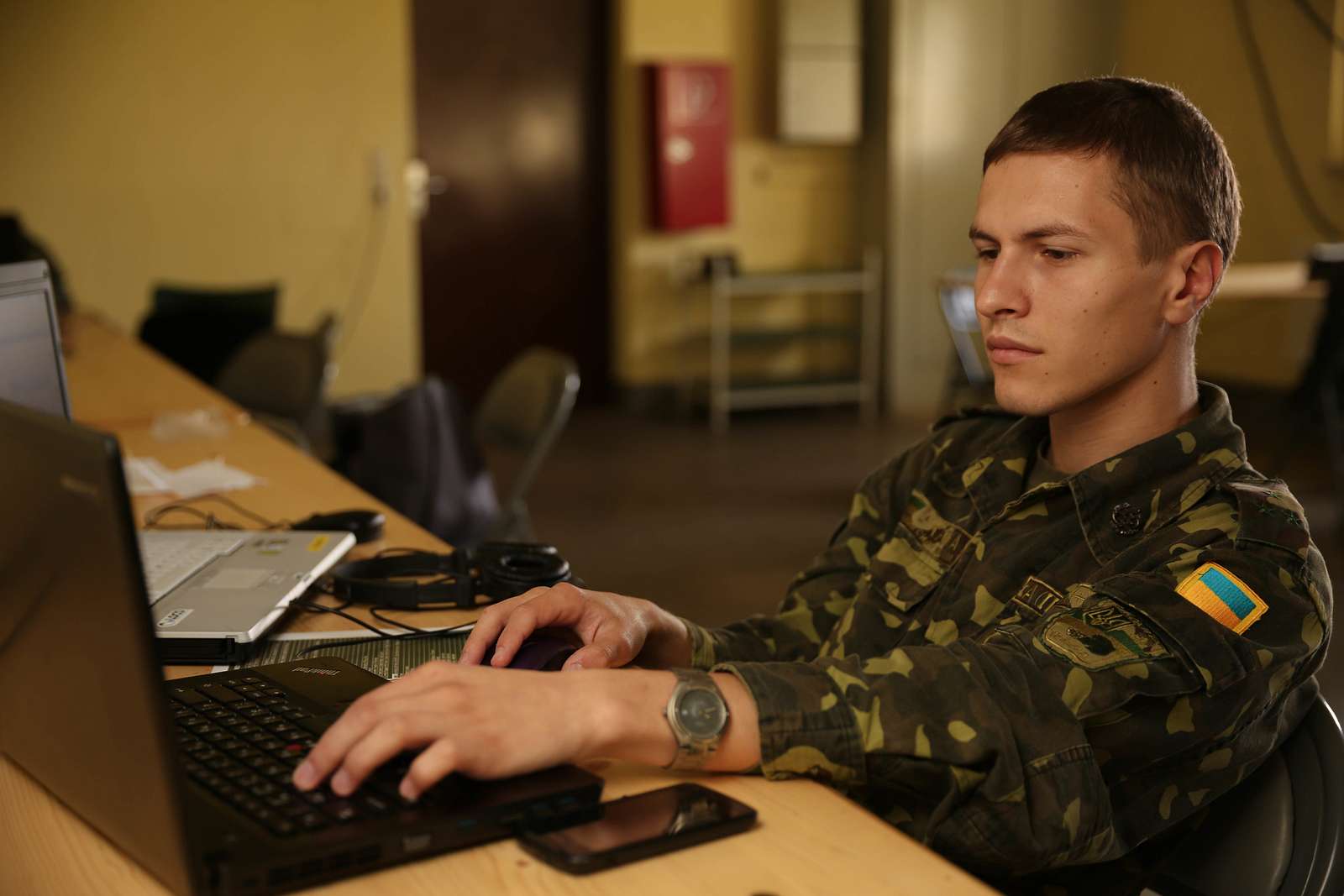Drones and the Standing Rules of Engagement Regarding Self-Defense
Within the U.S. military, the Chairman of the Joint Chiefs of Staff has issued an instruction (CJCSI 3121.01B) regarding “Standing Rules of Engagement”. The focus of this instruction is contained in the following paragraph titled “Inherent Right of Self-Defense.”
Published by The Lawfare Institute
in Cooperation With

Within the U.S. military, the Chairman of the Joint Chiefs of Staff has issued an instruction (CJCSI 3121.01B) regarding “Standing Rules of Engagement”. The focus of this instruction is contained in the following paragraph titled “Inherent Right of Self-Defense.”
Unit commanders always retain the inherent right and obligation to exercise unit self-defense in response to a hostile act or demonstrated hostile intent. Unless otherwise directed by a unit commander as detailed below, military members may exercise individual self-defense in response to a hostile act or demonstrated hostile intent. When individuals are assigned and acting as part of a unit, individual self-defense should be considered a subset of unit self-defense. As such, unit commanders may limit individual self-defense by members of their unit. Both unit and individual self-defense include defense of other U.S. military forces in the vicinity.
For example, under the standing rules of engagement, a U.S. military aircraft may have the right to use force in the event that it is illuminated by a fire-control anti-aircraft radar, and in particular to use an anti-radiation missile to destroy the radar and negate the immediate threat.
How does this rule apply to an armed drone or remotely controlled vehicle? Imagine, for example, that an aerial drone were equipped with ground attack capabilities, and that it was illuminated by a fire-control radar. Under the current SROE, would the drone operator have the authority to attack the radar?
I have no opinion on what the correct answer is, and I am sure it depends on circumstances. But it’s an example of how ROEs will have to be interpreted (or rewritten) when drones of all kinds become widely used.





